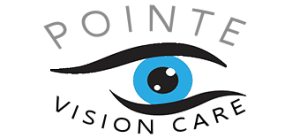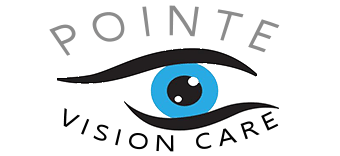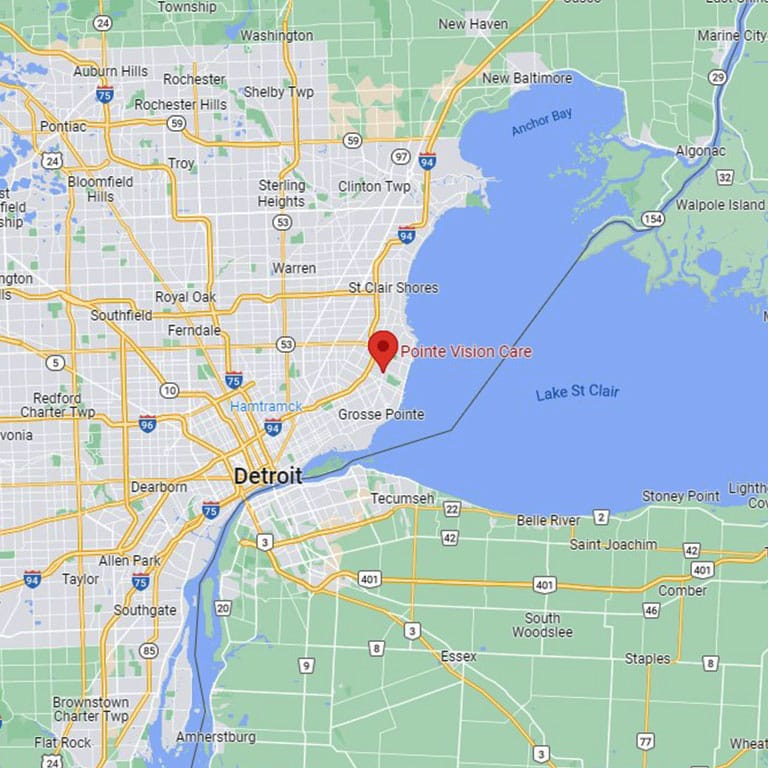Kids and Sunglasses
You know what the sun can do to skin, right? Many a parent has learned the hard way. A few carefree hours in the sun – without sunscreen – can wreak havoc on the tender skin of children.
Well, their eyes are just as delicate. But while many parents religiously slather on the sunscreen, very few are just as careful with their kids’ eyes.
It’s true: we recently surveyed about 2,000 U.S. adults. And we learned that a healthy 82% of parents make their children wear sunscreen while outdoors in the sun. But a not-so-healthy 32% outfit their kids with sunglasses.
Plano, Texas-based Anthony Borgognoni, O.D., isn’t surprised. Most people know the damaging effects of UV light on the skin, he says. But, “Far fewer people understand that extended exposure to sunlight in childhood can lead to cataracts and age-related macular degeneration. Both of those disorders can cause impaired vision or even blindness. Making sure your kids wear sunglasses isn’t a frill, it’s a necessity.”
Dr. Borgognoni has a special interest in evangelizing sunglasses for kids. He developed premature cataracts in both eyes at the tender age of 46. And he points to a ton of childhood sun exposure as a likely cause.
“I grew up playing Little League baseball and football all day long in small-town Arkansas,” he says. “In those days, nobody thought much about putting sunglasses on kids to protect their vision.”
So, if you’re ready to go out and buy your kids sunglasses, read on to find out what to look for, and what to avoid.
Sunglasses Buying Tips:
Spot the sticker. Most sunglasses have a UV-protection sticker. But also look for the American Optometric Association’s Seal of Acceptance. These glasses block 99 to 100% of damaging UV radiation.
Avoid toys. Toy sunglasses aren’t good enough. Buy real ones with UV-protection. Choose shatterproof impact -resistant lenses that won’t pop out of their frames.
Go dark. Lenses should block about 75-90% of light. So, before you buy, look at your child with the sunglasses on. You shouldn’t be able see his or her eyes.
Gray’s the way. Gray lenses are best. They absorb all colors equally, so kids see the world in natural colors.
Block sideways rays. Make sure the sunglasses are big enough for your child’s head or have some kind of “wrap around” feature to help block rays coming in the sides of the frames.
Visit a VSP network eye care professional near you to find sunglasses for kids.
Already have an RX and prefer to shop online? Use your benefits at Eyeconic®, VSP’s in-network online retailer.
Information received through VSP Vision Care channels is for informational purposes only and does not constitute medical advice, medical recommendations, diagnosis or treatment. Always seek the advice of your eye doctor, physician or other qualified health provider with any questions you may have regarding a medical condition.
Article ©2020 Vision Service Plan. All rights reserved. Reproduction other than for one-time personal use is strictly prohibited. This article was originally published at https://www.vsp.com/eyewear-wellness/eye-health/sunglasses-for-kids


